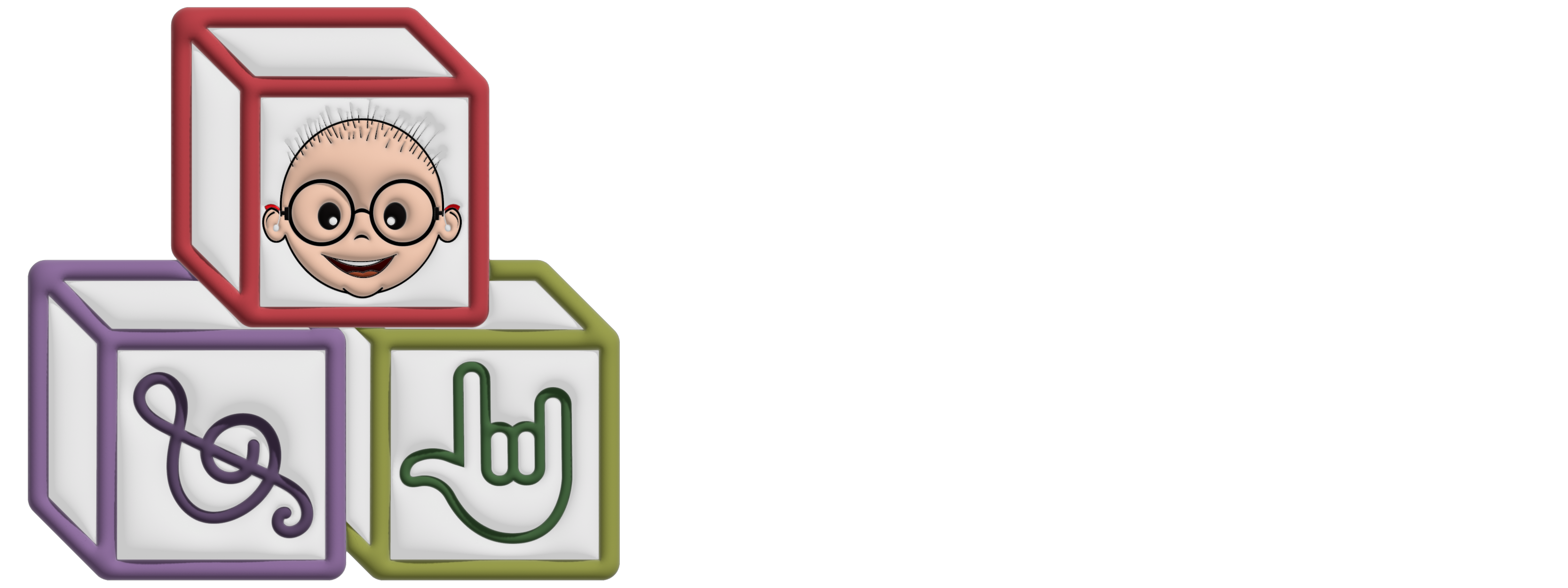What will your baby’s first sign be? My older son’s first approximated sign was I Love You. My younger son first signed more. They were each 6 1/2 months old at the time they first signed. https://mybabyfingers.com/staging/9114/our-story/ Some babies will start with the sign for milk because they see it so often and it’s a natural gesture once they realize they have hands! But other babies may not sign milk because they know they’ll get it anyway – they might first sign a favorite thing like “dog” or “flowers” or “swing” before the need-based vocabulary.

My younger son is around 18 month in the photo here signing I Love You. It’s a tricky hand shape to make – he started by just putting up his hand, almost like he was hailing a cab.
They each had their own variations or approximations of tricky signs, similar to approximated spoken words. And we got to know what it looked like when our children were actually signing. Their signs also helped to clarify their approximated speech – when they said “ba” but signed bath, or banana, or book, communication was clear and frustration was diffused.
Read more about what other Baby Fingers participants have experienced as they learned their first signs: https://mybabyfingers.com/staging/9114/success-stories/
Birth to three is really the critical period for learning so many things, including language. Once a native language or two is solid, additional languages can be acquired more easily. Learning ASL even sign by sign – individual vocabulary words the way a young child learns to speak – can help set the foundation for later spoken language and can help bridge the gap between two languages being spoken at home.
The key to developing language – any language, spoken or signed – is accessibility and consistency. Whether your child is deaf or hearing, whether your family speaks primarily English or Spanish or another language, babies need to see or hear language in order to understand it, mimic it, and learn to use it spontaneously, with reciprocity.
Join us for your own adventure as you make language accessible – and so much fun!
